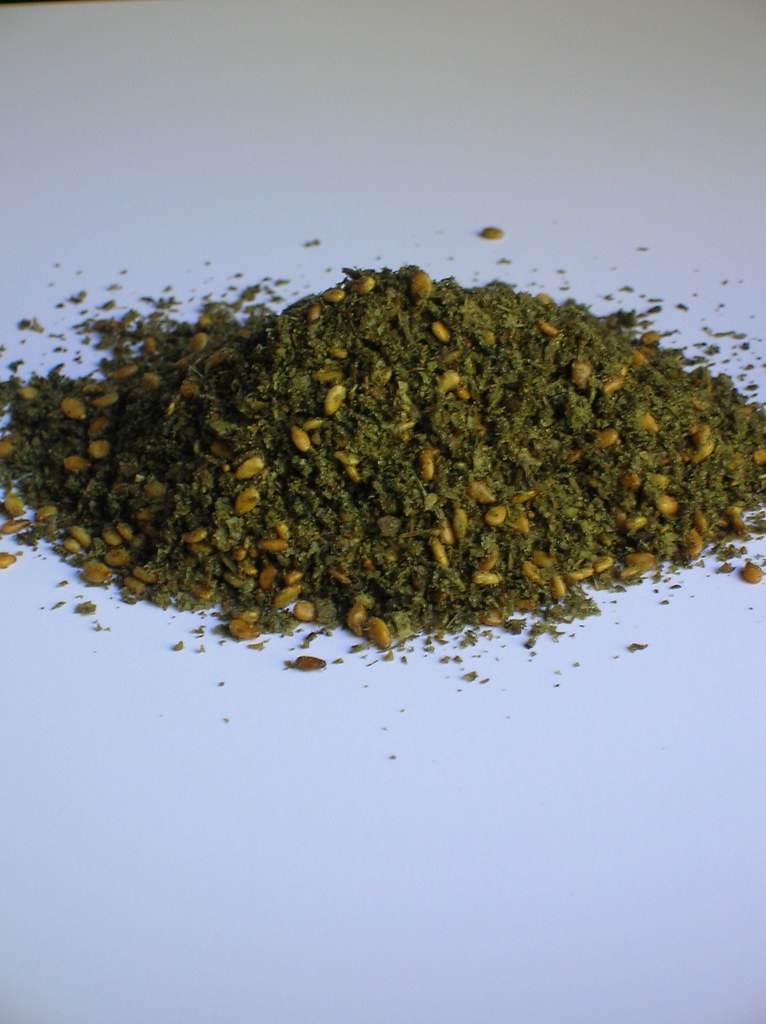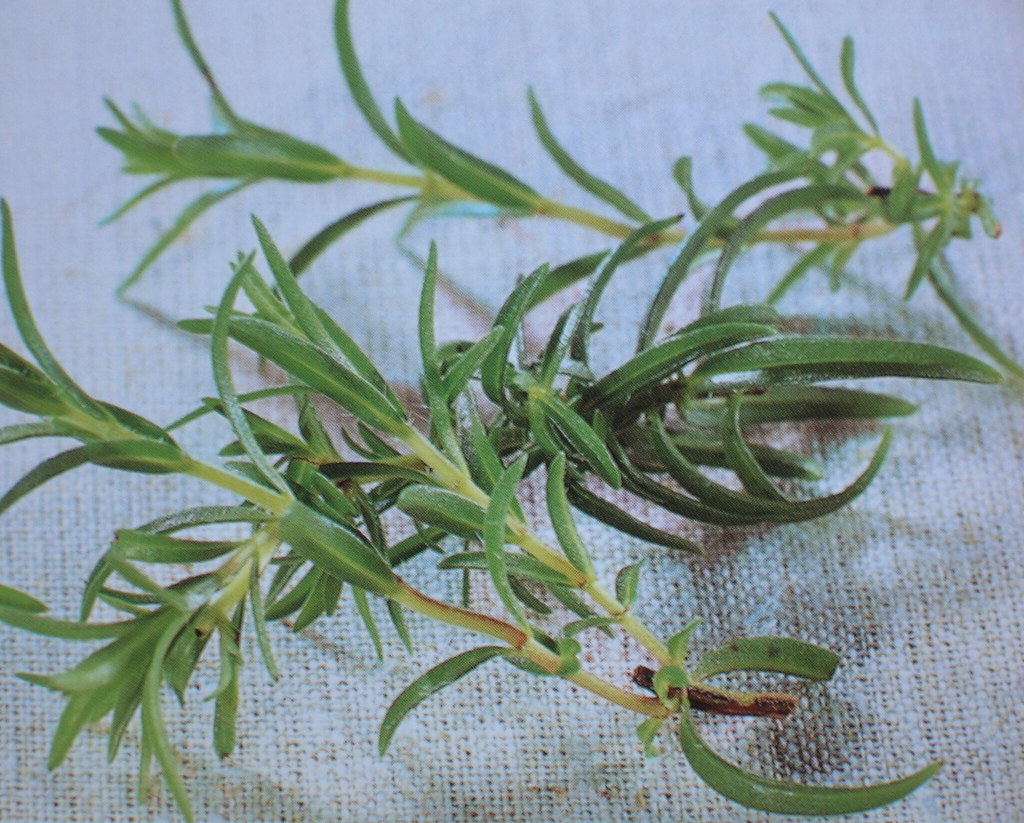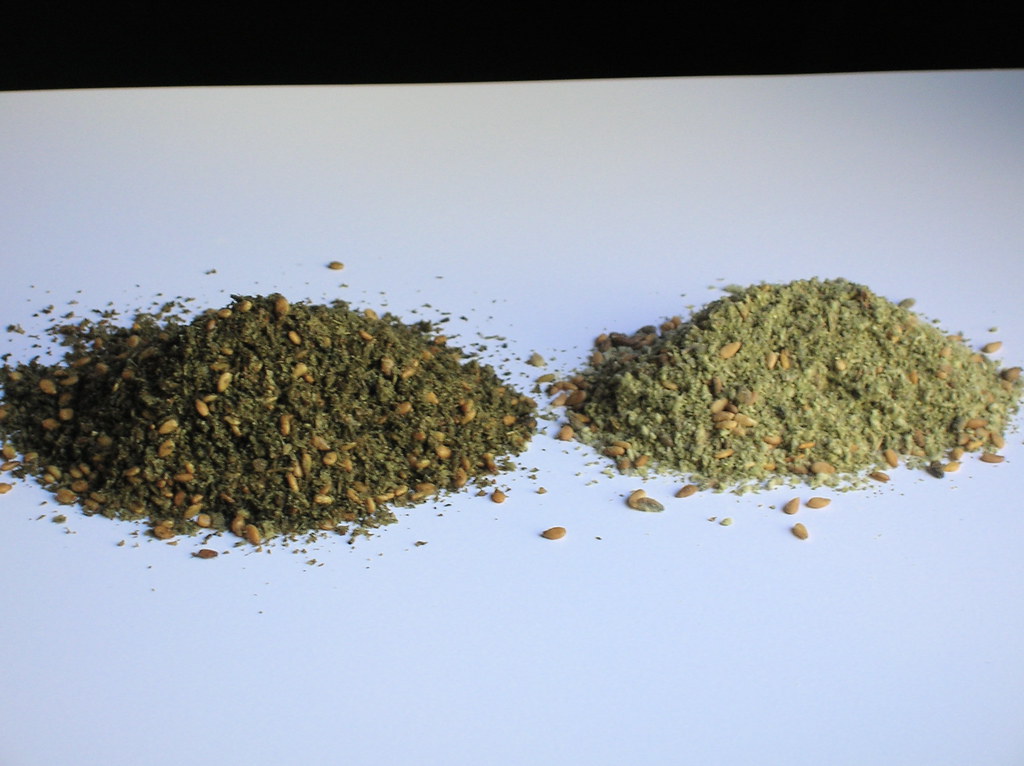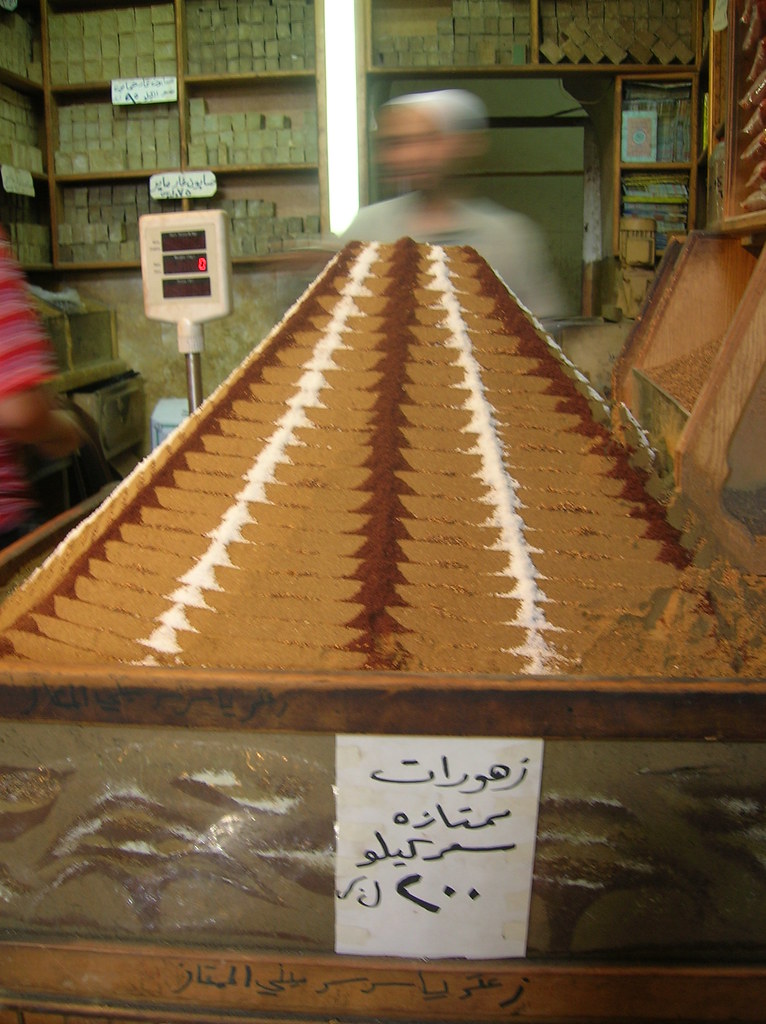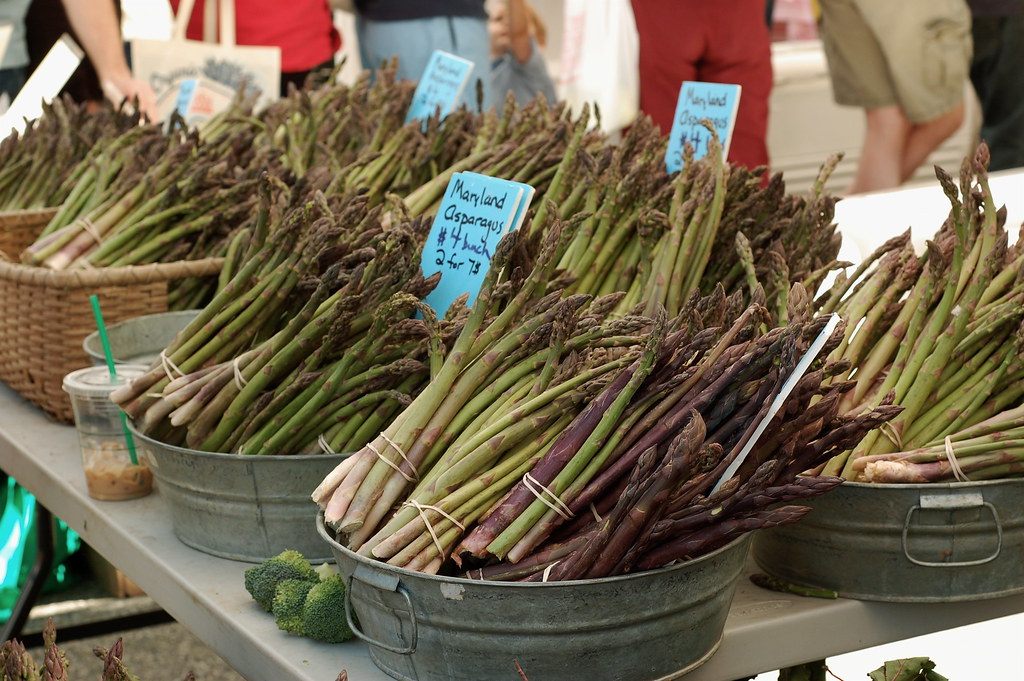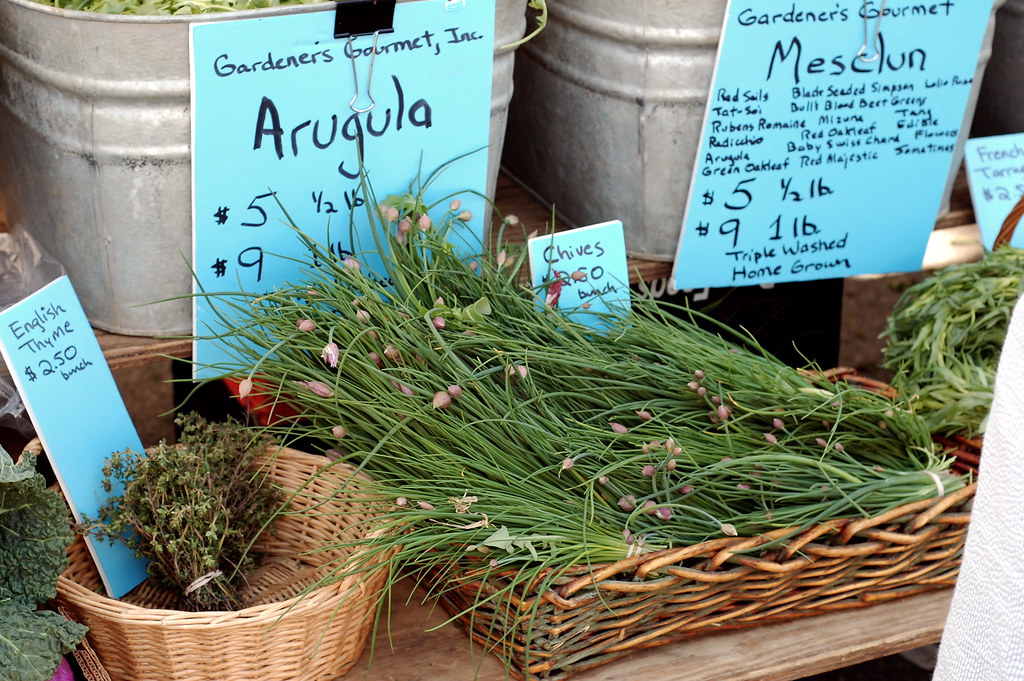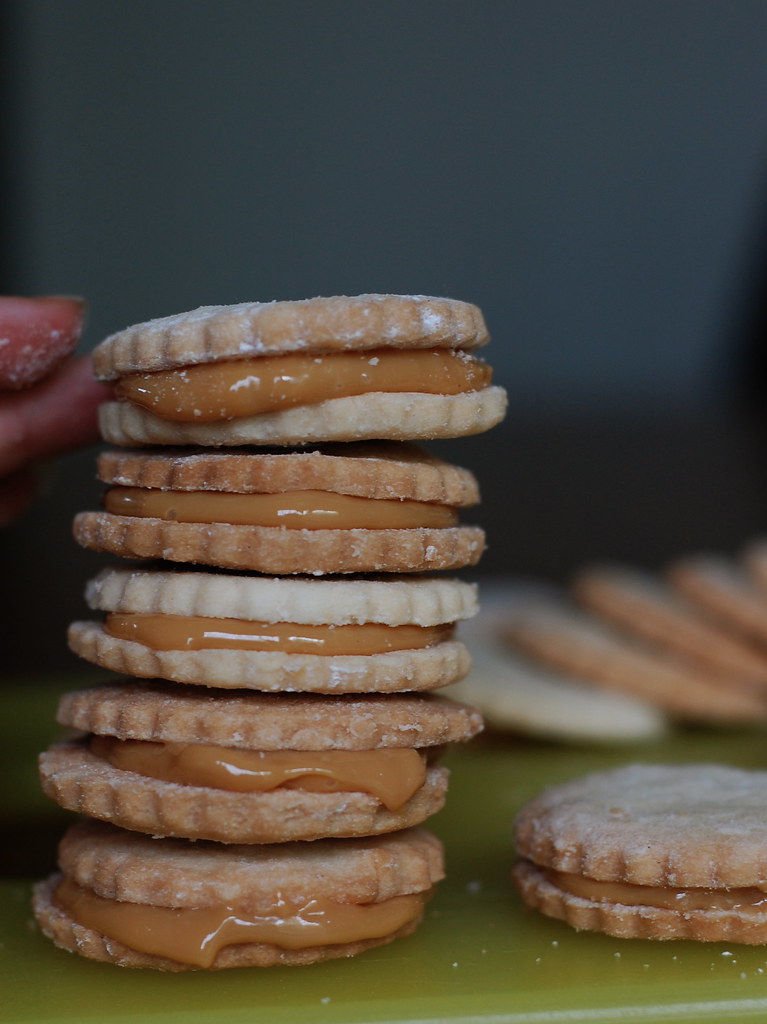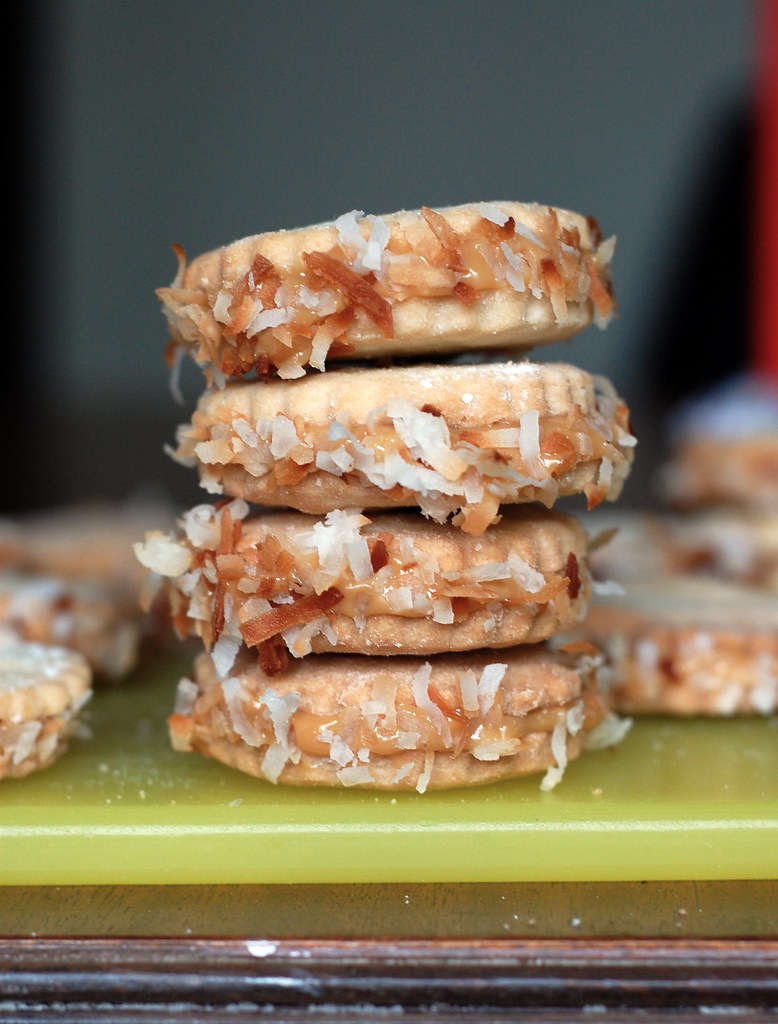
Last week I had one of those perfect Sundays. You know, the one where you go wander around
the farmers market in the morning and then, on an impromptu shopping trip, find the pair of jeans that fit perfectly and are on sale for sixty percent off. I took one of my two new books and curled up in the back of the Georgetown Dean and Deluca, with a box of sushi and fifty pages of a
wonderful novel, went for a walk in my
favorite Smithsonian garden, and I didn't even mind getting caught in the rain on my way home. And then I made pie.

Except, about that pie. You see, I was entranced by a recent Martha Stewart Living
feature on custard pies, and had my eye on a lemon-chamomile version that looked particularly spring-like. Except personal experience has taught me that Martha's recipes often fail, and even before I began I made a few adjustments. I reduced the custard quantities, realizing they were way too much for a normal-sized pie pan, and used only 3 chamomile tea bags instead of the
12 called for! I am quite sure the floral chamomile air would have quickly lost its charm with 12 tea bags. Unfortunately, I blithely followed Martha's instructions to add the lemon juice to the custard while it was still cooking, which I should have known would turn the mixture into a curdled mess. Despite my efforts to save it, the custard was beyond repair, and the following day I started the process all over again.
With a successful second custard, I wasn't willing to take any risks and went with my default favorite meringue for pies. This meringue has a cornstarch slurry mixed in, and the result is a meringue that stands up to the heat at a barbeque and lasts for days in the fridge without drooping or weeping. In short, why would you use anything else?

Despite the missteps and the fact that this pie took me three days to complete, the end result was wonderful. The crust is nubbly with cornmeal, thick and
perfectly flaky. The filling is brightly lemony and the custard is just thick enough to hold up to being sliced but soft enough to droop all over your plate, almost making a sauce for the crunchy crust and billows of meringue. Hopefully next time (and there will be a next time) my perfect-Sunday pie will actually be completed before the following Wednesday!
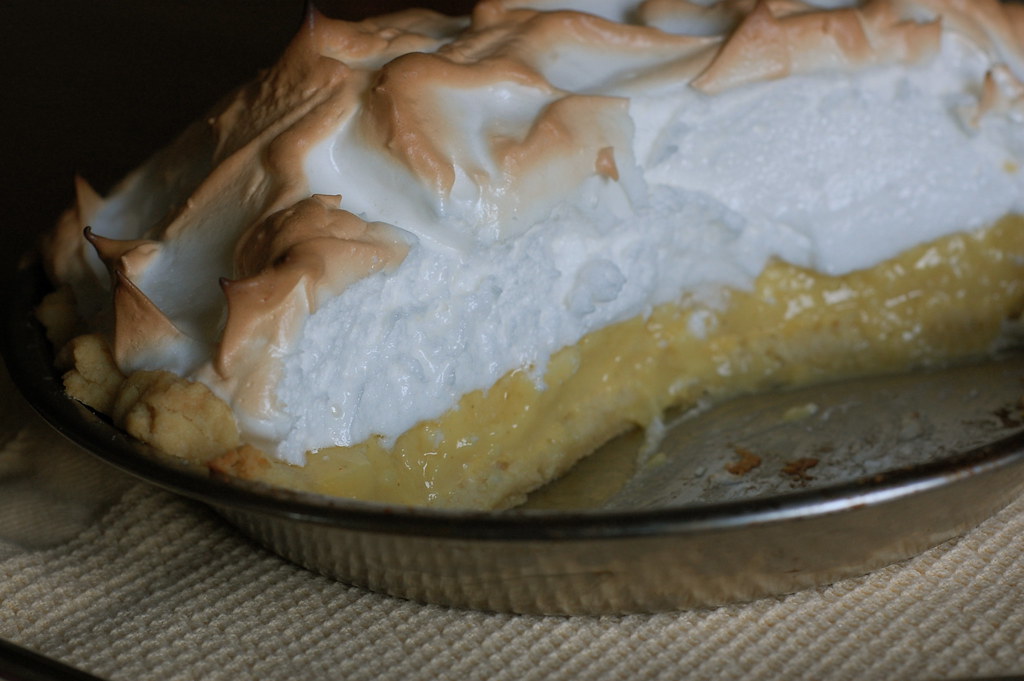 Lemon-Chamomile Cream PieThough called a cream pie, there is no cream involved in this luscious custard-based concoction. The pudding-like filling and addition of chamomile make it much better than your average lemon-meringue pie.
Lemon-Chamomile Cream PieThough called a cream pie, there is no cream involved in this luscious custard-based concoction. The pudding-like filling and addition of chamomile make it much better than your average lemon-meringue pie.cornmeal dough (recipe below)
2 1/4 cups whole milk
3 chamomile tea bags
3 tablespoons cornstarch
3/4 cup sugar
4 large egg yolks
1 tablespoon butter, cut into pieces
zest of 1 lemon
1/4 cup fresh lemon juice (from 1-2 lemons)
2 tbl sugar
1 tbl cornstarch
1/2 cup water
4 large egg whites, room temperature
1/4 tsp cream of tartar
1/3 cup sugar
1.
For crust:On a lightly floured work surface, roll cornmeal dough to 1/4-inch thickness. Fit into a 9-inch pie dish. Trim edges, leaving a 1-inch overhang. Tuck overhang under dough so edges are flush with rim, and crimp edges. Lightly prick bottom of dough with a fork. Refrigerate for 30 minutes or freeze for 10.
2. Preheat oven to 375 degrees. Bake until edges begin to turn gold, about 18 minutes. Let cool completely on a wire rack.
3.
For filling: Bring milk to a boil in a medium saucepan with the tea bags. Remove from heat, cover, and steep for 5 minutes. Press on tea bags to extract liquid. Discard tea bags.
4. Combine cornstarch and 3/4 cup sugar in a medium saucepan. Whisk in milk mixture. Set over medium-high heat, and cook, stirring constantly, until bubbling and thick, about 7 minutes total (about 2 minutes after it comes to a boil).
Whisk yolks in a medium bowl until combined. Pour in milk mixture in a slow, steady stream, whisking until completely incorporated. Return mixture to the saucepan. Cook over medium heat, stirring constantly, until it returns to a boil, 1 to 2 minutes.
5. Remove from heat, and stir in lemon zest. Add butter whisking until butter melts. Let custard cool in saucepan on a wire rack, whisking occasionally, for about 10 minutes. Stir in the lemon juice and taste for sweet/tart balance. Pour custard into cornmeal crust. Press plastic wrap directly on surface of custard. Refrigerate until custard filling is chilled and firm, at least 4 hours (or overnight).
6.
For meringue: Preheat oven to 375F. In a small saucepan, whisk together sugar, cornstarch and water. Cook over medium heat, stirring constantly, until mixture is thick and becomes somewhat clear. Cool to room temperature (it will thicken).
7. In a medium bowl, beat egg whites and cream of tartar to soft peaks. Gradually beat in sugar, followed by the cooled cornstarch mixture (add in dollops with mixer on medium speed). Spread meringue over pie to cover filling completely, smooth with a spatula. Bake the pie in the center of the oven for 10-12 minutes, until meringue is nicely browned. Cool, then refrigerate before serving.
Cornmeal Dough1 1/2 cups all-purpose flour
3/4 cup yellow cornmeal
1/2 teaspoon salt
1 teaspoon sugar
10 tablespoons (5 oz) cold unsalted butter, cut into small pieces
1/4 cup ice water
Pulse flour, cornmeal, salt, and sugar in a food processor to combine. Add butter, and process until mixture resembles coarse meal, about 10 seconds. With the machine running, add ice water in a slow, steady stream until dough just begins to hold together (no longer than 30 seconds). Shape dough into a disk. Wrap in plastic, and refrigerate until firm, at least 1 hour (or up to 2 days). (Dough can be frozen for up to 1 month; thaw in the refrigerator before using.)

 Cilantro-Lime Coleslaw
Cilantro-Lime Coleslaw





